|
How to Insert a Pivot Table |




|
Pivot Tables can be an excellent way to provide the ability to easily expand and collapse data to display information that is relative to their needs. They are useful for grouping based on shared data points and also for summarizing within these groups. To configure a Pivot Table follow the steps below.
1. Navigate to the Insert Tab in the ribbon.
2. Select the Pivot Table button from the Visualization group.
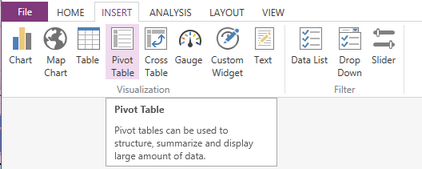
Figure 1: The Pivot Table button highlighted in the Insert tab.
3. View the configuration options for the Pivot Table below.
As you have connected to an In-Memory Data Base, this will be the only option for the Source.
4. Select the Add row group button to add a new grouped row.
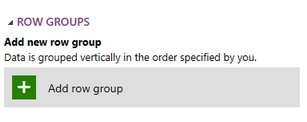
Figure 2: The Add row group button is highlighted in insert Pivot Table dialog.
5. From the drop down list select the field you would like to populate this row.
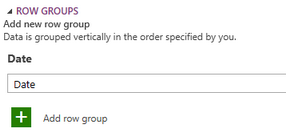
Figure 3: The Date field has been selected.
6. Select the Rename button to edit the row name. By default the row name will be the name of the field selected.

Figure 4: The row group was renamed to Date.
7. Repeat the above steps (4-6) until you have added all of the row groups you need for your Pivot Table.
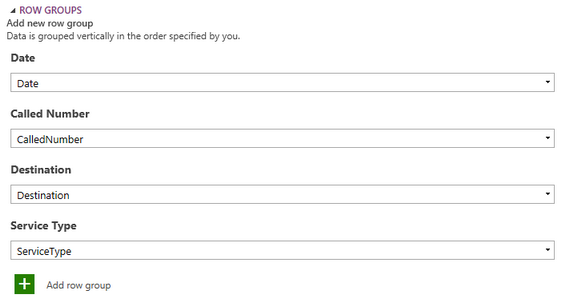
Figure 5: More row groups were added for the Product names.
8. Select the Add table value button to add a table value column.
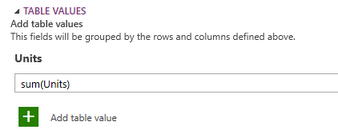
Figure 6: The sum of the units was selected for the table value.
9. Select the Rename button to edit the row name. By default the row name will be the name of the field selected.

Figure 7: The table value was renamed to Units.
10. Repeat the above steps (8 & 9) until you have added and configured all of the table values you need for your Pivot Table.
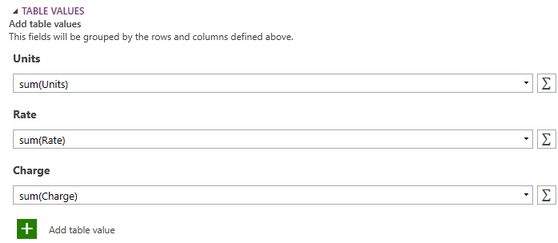
Figure 8: Two more table values have been added.
11. Once you have configured all of your series all of your table, you may need to apply a local filter to your data. Visit this helpful page to learn more about applying a local filter

Figure 9: The edit filter button in the Insert Table Dialog.
12. You are able to enter a Caption for the table in the Properties section if needed.
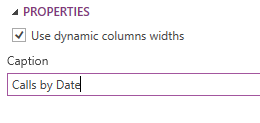
Figure 10: A caption was added to the table.
13. Once you have configured all the columns and filters select Insert and the Pivot Table will be inserted in to the design surface.
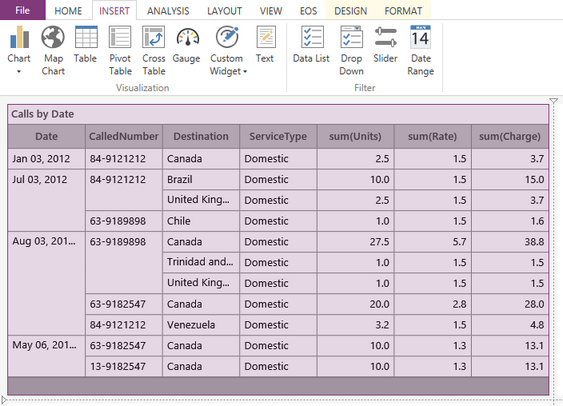
Figure 11: The resulting Pivot Table in the design surface.
Next Steps
Pivot Table Properties - Learn about how to edit and customize your chart after inserting it into the design surface.
Include or Exclude Widgets - Learn how to exclude widgets from your dashboard without deleting it all together.
Resizing Widgets - Learn how to resize your widgets in the design surface.
Repositioning Widgets - Lean how to reposition your widgets after inserting into the design surface.